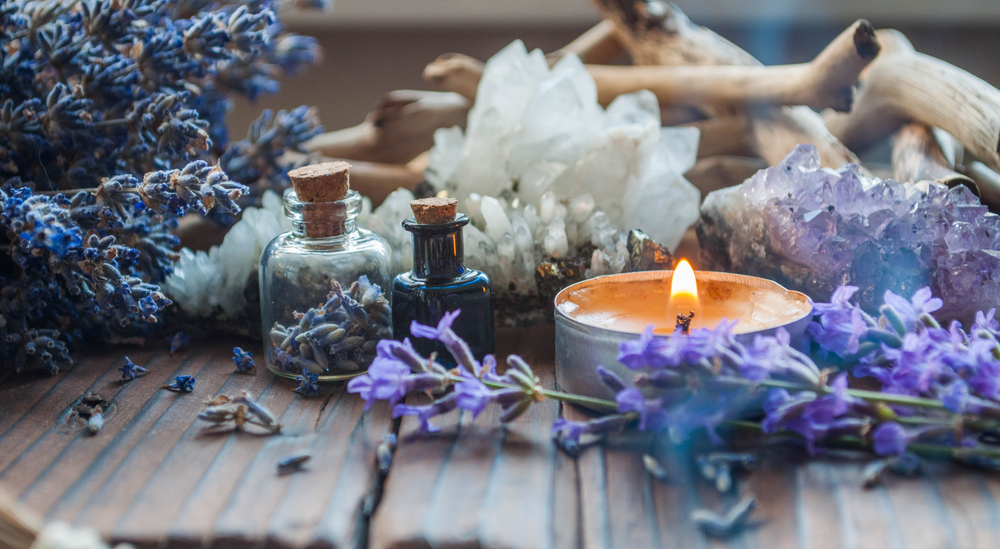
What Is Modern Paganism?
Modern paganism, or neopaganism, has its roots in the pagan rituals of times gone by in the UK, Greece, Italy, the Netherlands, and elsewhere. If you ask someone who practices paganism to describe it to you, you’ll only get one person’s interpretation on this expansive belief system. There is no great organizing body like there is with many Christian religions like, for example, Roman Catholicism answering to the Vatican and Pope Francis. That said, there are three major faith paths under the umbrella of neopaganism: Wicca, Asatru, and Druidism. Today, we address the Wiccan faith.
What Is Wicca?
Wicca is a nature-based, life-affirming religion practiced by hundreds of thousands of Americans. Wicca was introduced in the 1960s by Raymond Buckland, who would go on to write nearly four dozen books on Wicca and the occult.
Gardnerian Wicca
Since then, different denominations have sprung up in the US. Buckland was a High Priest in Gardnerian Wicca. Gardnerian Wicca organizes into covens of 13 members, who worship the Horned God and Mother Goddess and follow the Wiccan Rede of “as it harms none, do as you will.” Gardenarians also believe in the Law of Three, which claims that whatever you put out into the Universe for good or ill comes back to you threefold. Other branches of Wicca believe in a seven-, nine- or thirteen-fold return.
Seax-Wica
Buckland formed his own branch of Wicca, called Seax-Wica, because he was inspired by Anglo-Saxon traditional beliefs that worshipped Woden and Freya as the God and Goddess. Runes are often used in the Seax path for divination. The coven operates as a democracy. The coven votes on coven officers, including the High Priest and Priestess. Other officers include the scribe, who keeps coven records, and the thegn, who guard rituals so no evil comes in.
Dianic Wicca
Dianic Wicca focuses on female energies and worships the triple Goddess—Maiden, Mother, and Crone. Other Goddesses are considered different aspects of the one Great Goddess. The Goddess Diana is often, but not always, the central Goddess in these covens, as she is the protector of women and their one wild and precious life. Usually, Dianic covens consist only of women practitioners. Dianic Wiccans often focus their magical energies on fighting the patriarchy and binding men who do evil against women, such as rapists.
Wiccans of all paths—there are more than 25 denominations—practice a beautiful, life-affirming religion that seeks to do harm to none and work for the betterment of humankind.

